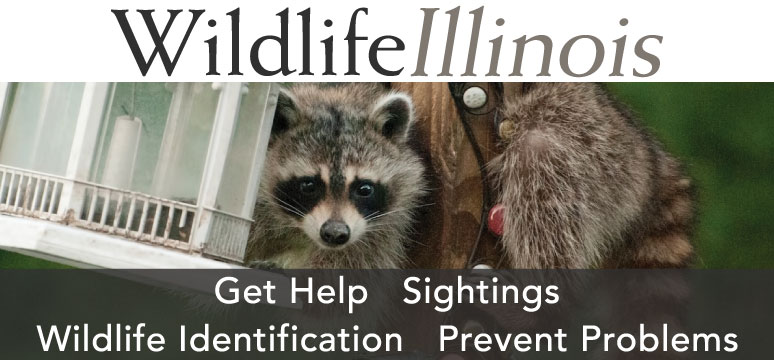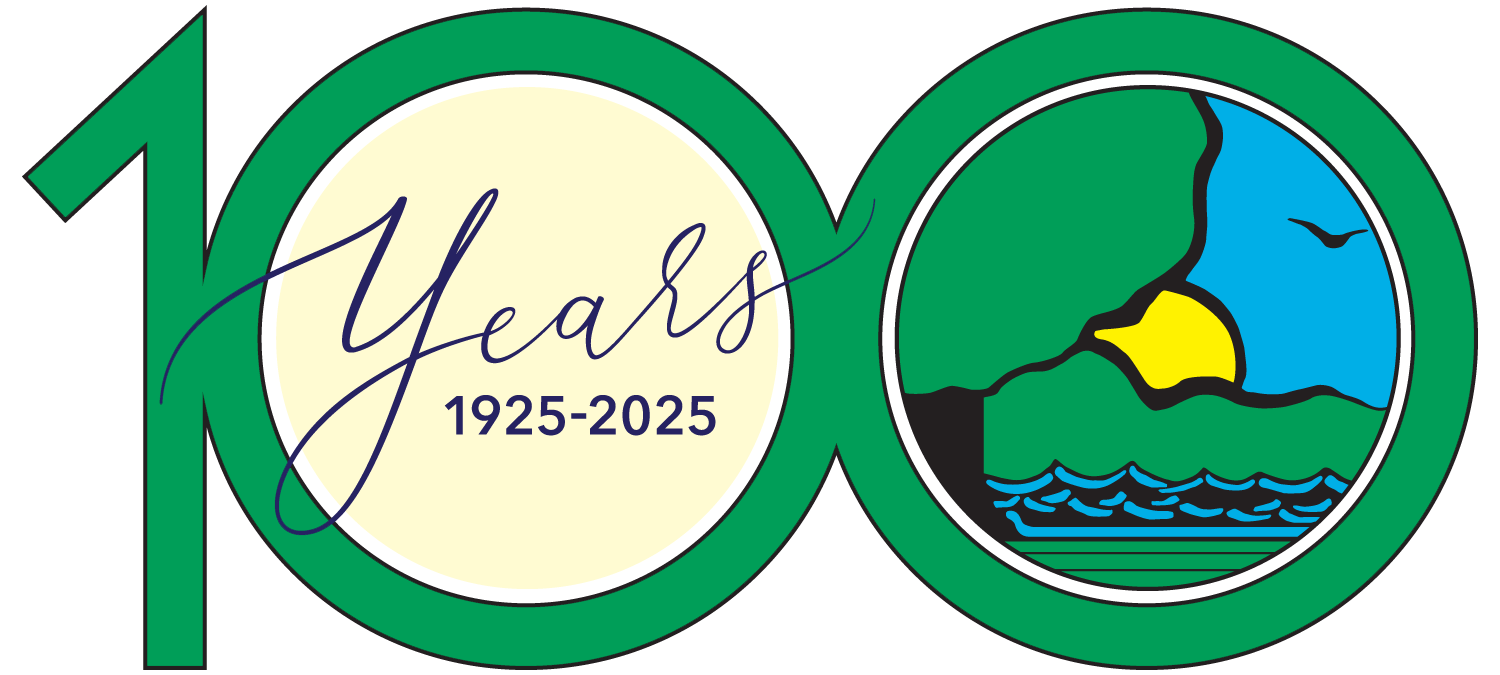
Photo by Michael R. Jeffords



Photo by Michael R. Jeffords

The Illinois Wildlife Action Plan (IWAP), was initiated in 2005 as a comprehensive plan to manage public and private lands in the best way possible to benefit all Illinois wildlife, especially those with declining populations, and is a blueprint for the future of successful wildlife management in Illinois. The IWAP changed how the Illinois Department of Natural Resources’ (IDNR) Wildlife Resources Division operates, with one example being monitoring of wildlife and habitats.

One of the IWAP campaigns, the Farmland and Prairie Campaign, is designed to expand and improve grassland, shrub and wetland habitats in agricultural landscapes. Partners in this campaign include a broad spectrum of public and private conservation groups. Biologists from Chicago Audubon, Illinois Audubon Society, IDNR, Illinois Natural Resources Conservation Service (NRCS), Pheasants Forever/Quail Forever, Southern Illinois University, The Nature Conservancy and University of Illinois comprise the campaign’s implementation team.

Many years ago, about 60 percent of Illinois (22 million acres) was prairie. Now, only about 2,500 acres of prairie remain. Most of the land once occupied by prairie is farmland.
The majority of the grasslands now on the Illinois landscape are of poor quality, with most seeded to single non-native species. Tall fescue and reed canary grass, species commonly recommended for pasture and erosion control purposes, have little beneficial value for wildlife relative to other native and introduced grasses.
Disturbance regimes in grassland habitat further limit wildlife values. Many pastures are over-grazed and farm program practices, such as grass waterways, field borders, rural roadsides and some idled fields, often are mowed once or more annually, reducing standing vegetation that serves as habitat. Furthermore, nesting wildlife is destroyed when mowing is conducted from April to July. Often, other grasslands that are left idle through programs such as the Conservation Reserve Program (CRP) or abandoned from cultivation, are disturbed too infrequently, resulting in degraded vegetation structure, low plant diversity, and succession into woody cover (typically invasive shrubs).
In general, Illinois grasslands are increasingly divided into lands that are heavily disturbed or are given little or no management (fire, mowing, grazing, forestry) and maturing into low-quality forest. Not surprisingly, grassland wildlife populations, formerly considered common in Illinois, have declined rapidly. It simply is not possible to restore all 22 million acres back to prairie and a focused approach is needed that concentrates on maximizing wildlife benefits.
Next issue: Updating the Illinois Grassland Bird Monitoring Program
Mike Wefer is with the Wildlife Resources Division, Illinois Department of Natural Resources.
Submit a question for the author